Diabetes is a chronic (long-lasting) health condition that affects how your body turns food into energy.Most of the food you eat is broken down into sugar (also called glucose) and released into your bloodstream. When your blood sugar goes up, it signals your pancreas to release insulin. Insulin acts like a key to let the blood sugar into your body’s cells for use as energy.
If you have diabetes, your body either doesn’t make enough insulin or can’t use the insulin it makes as well as it should. When there isn’t enough insulin or cells stop responding to insulin, too much blood sugar stays in your bloodstream. Over time, that can cause serious health problems, such as heart disease, vision loss,and kidney disease.
There isn’t a cure yet for diabetes, but losing weight, eating healthy food, and being active can really help. Taking medicine as needed, getting , diabetes self-management education and support, and keeping health care appointments can also reduce the impact of diabetes on your life. Most of the food you eat is broken down into sugar (also called glucose) and released into your bloodstream. When your blood sugar goes up, it signals your pancreas to release insulin. Insulin acts like a key to let the blood sugar into your body’s cells for use as energy.
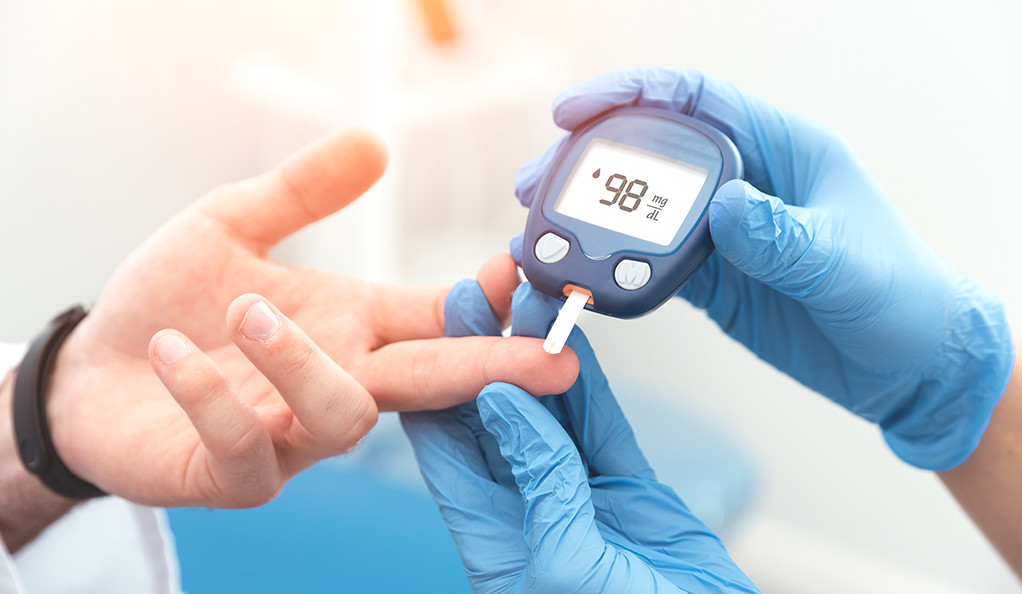
Types of Diabetes
There are three main types of diabetes: type 1, type 2, and gestational diabetes (diabetes while pregnant).
Type 1 Diabetes
Type 1 diabetes is thought to be caused by an autoimmune reaction (the body attacks itself by mistake) that stops your body from making insulin. Approximately 5-10% of the people who have diabetes have type 1. Symptoms of type 1 diabetes often develop quickly. It’s usually diagnosed in children, teens, and young adults. If you have type 1 diabetes, you’ll need to take insulin every day to survive. Currently, no one knows how to prevent type 1 diabetes.
Type 2 Diabetes
With type 2 diabetes, your body doesn’t use insulin well and can’t keep blood sugar at normal levels. About 90-95% of people with diabetes have type 2. It develops over many years and is usually diagnosed in adults (but more and more in children, teens, and young adults). You may not notice any symptoms, so it’s important to get your blood sugar tested if you’re at risk. Type 2 diabetes can be prevented or delayed with healthy lifestyle changes, such as losing weight, eating healthy food, and being active.
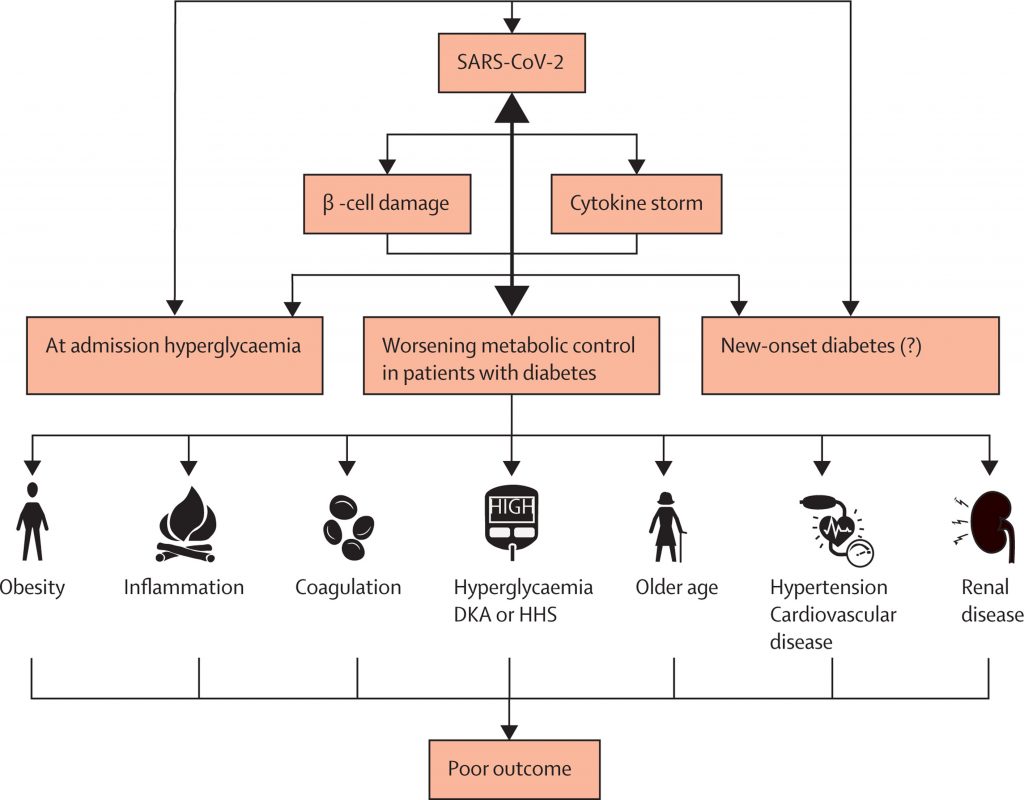
Gestational Diabetes
Gestational diabetes develops in pregnant women who have never had diabetes. If you have gestational diabetes, your baby could be at higher risk for health problems. Gestational diabetes usually goes away after your baby is born but increases your risk for type 2 diabetes later in life. Your baby is more likely to have obesity as a child or teen, and more likely to develop type 2 diabetes later in life too.
Prediabetes
In the United States, 88 million adults—more than 1 in 3—have prediabetes. What’s more, more than 84% of them don’t know they have it. With prediabetes, blood sugar levels are higher than normal, but not high enough yet to be diagnosed as type 2 diabetes. Prediabetes raises your risk for type 2 diabetes, heart disease, and stroke. The good news is if you have prediabetes, a CDC-recognized life style change program can help you take healthy steps to reverse it.
Symptoms in men
In addition to the general symptoms of diabetes, men with diabetes may have a decreased sex drive, erectile dysfunction (ED), and poor muscle strength.
Symptoms in women
Women with diabetes can also have symptoms such as urinary tract infections, yeast infections, and dry, itchy skin.
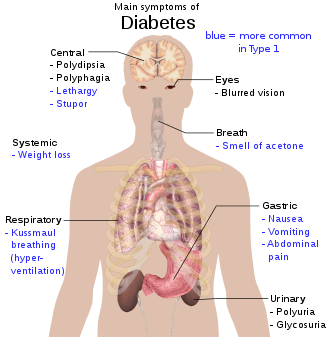
Treatment of diabetes
Doctors treat diabetes with a few different medications. Some of these drugs are taken by mouth, while others are available as injection.
Type 1 diabetes
Insulin is the main treatment for type 1 diabetes. It replaces the hormone your body isn’t able to produce.
There are four types of insulin that are most commonly used. They’re differentiated by how quickly they start to work, and how long their effects last:
- Rapid-acting insulin starts to work within 15 minutes and its effects last for 3 to 4 hours.
- Short-acting insulin starts to work within 30 minutes and lasts 6 to 8 hours.
- Intermediate-acting insulin starts to work within 1 to 2 hours and lasts 12 to 18 hours.
- Long-acting insulin starts to work a few hours after injection and lasts 24 hours or longer.
Type 2 diabetes
Diet and exercise can help some people manage type 2 diabetes. If lifestyle changes aren’t enough to lower your blood sugar, you’ll need to take medication.
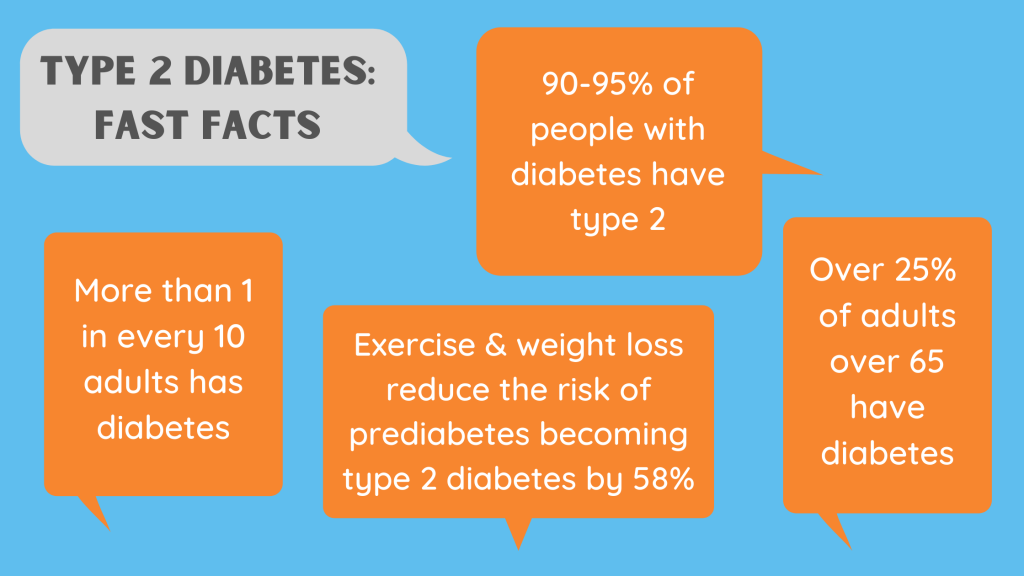
These drugs lower your blood sugar in a variety of ways:
| Types of drug | How they work | Example(s) |
| Alpa-glucosidase inhibitors | Slow your body’s breakdown of sugars and starchy foods | A Acarbose (Precose) and miglitol (Glyset) |
| Biguanides | Reduce the amount of glucose your liver makes | Metformin Glucophage) |
| DPP-4 inhibitors | Improve your blood sugar without making it drop too low | Linagliptin (Tradjenta), saxagliptin (Onglyza), and sitagliptin (Januvia) |
| Glucagon-like peptides | Change the way your body produces insulin | Dulaglutide (Trulicity), exenatide (Byetta), and liraglutide (Victoza) |
| Meglitinides | Stimulate your pancreas to release more insulin | Nateglinide (Starlix) and repaglinide (Prandin) |
| SGLT2 inhibitors | Release more glucose into the urine | Canagliflozin (Invokana) and dapagliflozin (Farxiga) |
| Sulfonylureas | Stimulate your pancreas to release more insulin | Glyburide (DiaBeta, Glynase), glipizide (Glucotrol), and glimrpiride(Amaryl) |
| Thiazolidinediones | Help insulin work better | Pioglitazone (Actos) and rosiglitazone (Avandia) |
You may need to take more than one of these drugs. Some people with type 2 diabetes also take insulin.
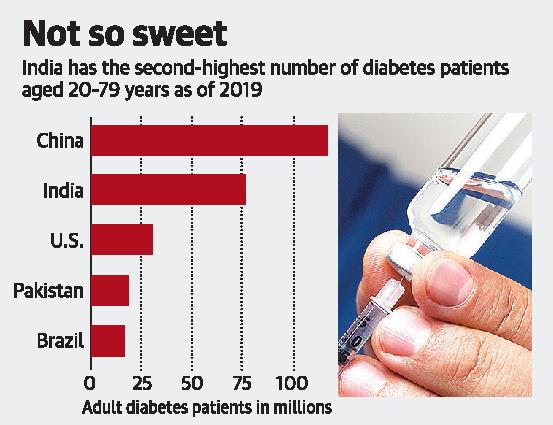













5 Comments
Comments are closed.